In the comprehensive world of cleanliness, a multitude of categories and techniques exist, each designed to address a variety of scenarios and needs. From the ease of dry cleaning, which saves time and preserves fabric quality, to intricate carpet cleaning designed to remove embedded dirt and allergens – every cleaning category has its own unique aspects.
Outdoor types might prioritize window cleaning, keeping their panes clear and shiny, or car cleaning to maintain a polished aesthetic, while homeowners may focus on comprehensive house cleaning. A sparkling pool serves as an inviting oasis when pool cleaning is properly implemented.
In contrast, bathroom cleaning ensures a sanitized space for personal hygiene needs. Ever innovative, the vast sphere of cleanliness has expanded beyond physical spaces, venturing into the digital realm with the concept of data cleaning. This ensures accurate and useful information in technological and business contexts.
In our contemporary times, environmental consciousness has given birth to green cleaning – a healthy, sustainable approach to sanitation. Even niche areas like carb cleaning, essential to maintain vehicle performance, or fish cleaning, vital for our food preparation, leave no stone unturned.
For those considering turning this diverse need into their livelihood, entering the cleaning business can provide robust opportunities. From specialized areas to general sanitization – Cleaning 101 emphasizes a unique approach to each of the 12 categories explained. Let’s delve into each one for a better understanding.
Dry Cleaning 101
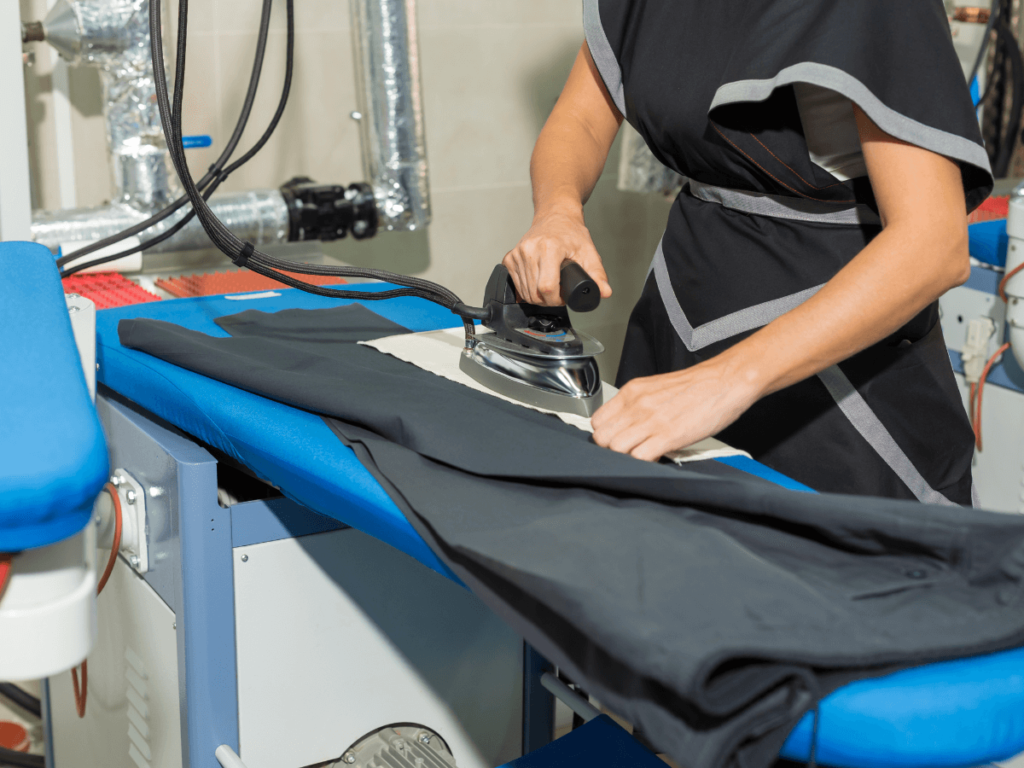
Dry cleaning is a unique method of laundering that involves no water. Instead, it uses a special fluid that eliminates dirt and stains from a variety of fabrics without shrinking or damaging them. The process begins with pre-treatment, where the dry cleaner checks for stains and treats them individually before overall cleaning.
Post this, the clothes are loaded into a machine similar to a regular washing machine but designed to handle this special solvent. The solvent dissolves the stains and dirt without negatively affecting the fabric. Once cleaned, the solvent is extracted, and the clothes are then dried in the same machine.
The now-clean clothes are then ironed or pressed to give them a crisp and fresh finish. Dry cleaning is particularly beneficial for delicate items or fabrics that cannot withstand the rigorous washing and drying process at home. This method helps to preserve the life and quality of these items.
While many textiles can be dry-cleaned, it is often used for items such as suits, gowns, silk garments, and coats. It is also beneficial for removing greasy and oily stains that water-based cleaners may struggle with. Dry Cleaning 101 teaches us that this process is more than a mere cleaning; it’s an investment in the longevity and appearance of our precious clothing.
Carpet Cleaning 101
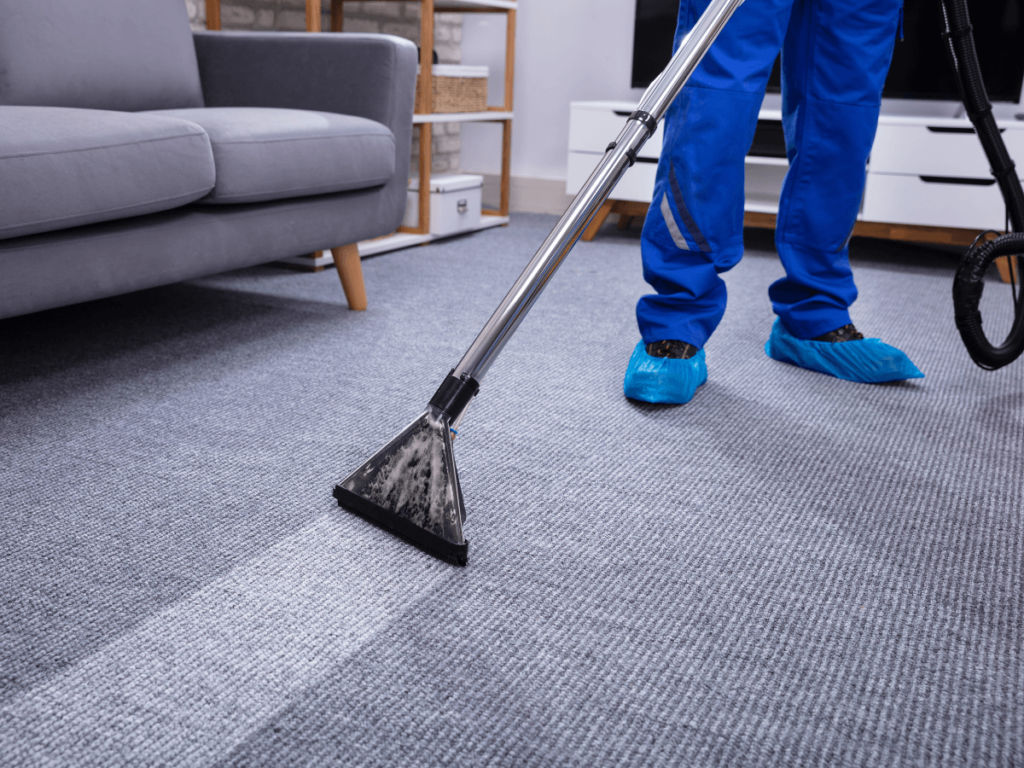
Carpet Cleaning 101 is a fundamental guide for those seeking handy tips and advice on maintaining and cleaning carpets. This necessary household task might seem mundane, but it is intrinsically linked to the overall hygiene levels of any living space. It involves understanding the makeup of different types of carpets – from wool to synthetic – and applying appropriate cleaning methods to restore them to their initial glory.
Traditional tactics like vacuuming, spot cleaning, and shampooing possess their own unique benefits and methods of application. For instance, regular vacuuming helps to eliminate dust and pollen, thereby contributing to a healthier living environment. Spot cleaning is beneficial for tackling stubborn stains, while carpet shampooing is an intensive cleaning process purposed for heavily soiled carpets.
Moreover, Carpet Cleaning 101 also underscores the significance of professional carpet cleaning services, especially for those hard-to-clean areas or exceptionally valuable carpets. It advises on the frequency of professional cleanings based on the carpet’s location, usage, and the presence of pets or children.
Ultimately, Carpet Cleaning 101 reiterates that a clean carpet not only enhances the aesthetic appeal of a room but also reduces allergens, boosting the overall wellness of the home’s inhabitants. This guide is a surefire roadmap to extending the lifespan and vitality of your carpets.
Window Cleaning 101

Window Cleaning 101 is a simple yet comprehensive guide for maintaining the clarity and sparkle of your windows. The process begins with an initial preparation, including the removal of any screens or additional window attachments. To clean your windows effectively, you’ll need a bucket of warm water with a few drops of dish soap mixed in.
Some people also prefer adding vinegar to their solution due to its grease-cutting properties. The actual cleaning of the window involves applying the mixture with a sponge or scrubber, taking care not to leave any patches untouched. Stubborn stains can be scrubbed with a bit more intensity, but caution must be taken not to scratch the glass.
After application, it’s important to rinse the windows using a hose; however, if a hose isn’t available, a large bucket of clean water will do. It’s vital to dry the windows thoroughly to avoid water spots, smudges, and streaks that are often caused by leftover suspended solid particles in the water.
Use a squeegee, starting at the top and working your way down in a reverse S motion for this part of the process. Lastly, clean the window sill thoroughly and return any screens or attachments earlier removed. Completing these steps will result in sparkling, streak-free windows. Practice these procedures regularly to keep your windows looking good and prolong their lifespan.
House Cleaning 101

House Cleaning 101 encompasses the basic and essential steps to maintaining a clean, healthy, and comfortable living space. A clean home not only uplifts your mood but also keeps allergies and sickness at bay. Starting from dusting your furniture to mopping the floors, cleanliness should be checked in every corner of the house, with a focus on high-touch areas such as doorknobs and switches.
Scheduling tasks can make the process less overwhelming; daily chores can include washing dishes and spot-cleaning surfaces, while deeper cleaning like vacuuming, scrubbing bathrooms, or washing windows can be set for weekly or monthly routines.
Using the top-to-bottom left-to-right technique, where you clean from the highest point to the lowest in each room, ensures dust and germs do not resettle in already cleaned areas. Moreover, investing in quality cleaning supplies not only makes your task easier but can make a noticeable difference in cleanliness.
Equally important is decluttering your space, as this simplifies the cleaning process, reduces dust collection, and generally makes your home feel more spacious and serene. Above all, cleaning should not be considered a chore but a therapeutic activity that promotes physical health and mental well-being.
Hence, House Cleaning 101 is not just about cleaning, it’s about caring for your home and, by extension, your own well-being.
Car Cleaning 101

Car Cleaning 101 is a fundamental guide to maintaining the cleanliness of your vehicle, necessary to keep it in great condition and extend its lifespan. Clean cars not only look appealing but are also more comfortable to drive, and hygienic to use. First and foremost, remove any clutter from the interiors and vacuum to remove dust and other particles.
Then, consider using a cleaning foam or solution to wipe down the dashboard and interior surfaces. Ensure that you clean the car seats too, using suitable fabric or leather cleaners. You may apply special plastics and vinyl treatments to restore interior shine and protect against cracks and damage induced by UV radiation.
When cleaning the exterior, begin by rinsing the car with water to remove loose dirt. Next, use a car-specific soap (not dish soap or detergent) and a soft sponge or cloth to gently but thoroughly scrub the vehicle’s exterior. A gentle circular motion can be effective. Avoid cleaning a hot car in bright sunlight as it can cause water spots and streaks.
Rinse the soap off and dry the car using a microfiber towel to prevent leaving marks. Moreover, you can wax your car for a final touch of sleek shine. Regular cleaning like this not only ensures your car remains visually appealing and comfortable but also helps in maintaining its value.
Pool Cleaning 101
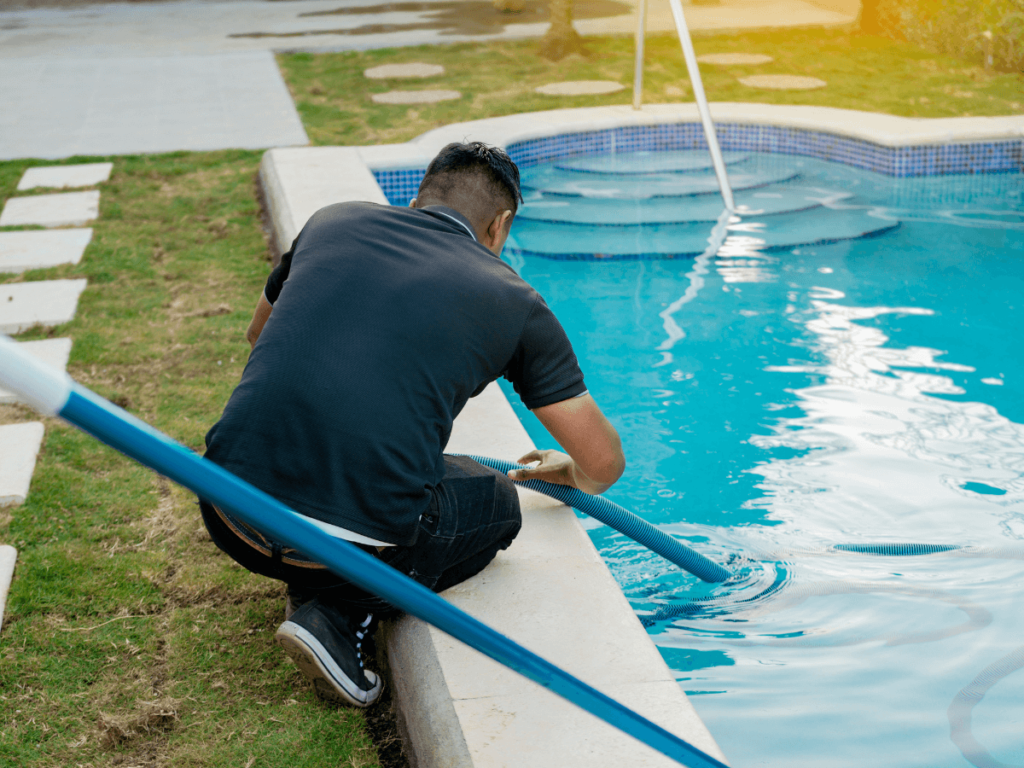
Pool cleaning is an essential task that ensures your pool remains a clean, safe, and enjoyable place to swim. The basics of pool cleaning, commonly referred to as “Pool Cleaning 101”, involve a series of steps that need to be undertaken regularly. Initially, it requires the removal of leaves, bugs, and other debris from the water surface with a long-handled leaf skimmer.
This action prevents the material from sinking to the bottom of the pool and decomposing. Next, the pool walls and floor should be brushed to dislodge algae and calcium scale buildup, followed by vacuuming to extricate the unsettled debris.
Then, the pool’s filter – whether it’s the cartridge, sand, or diatomaceous earth type – needs to be cleaned thoroughly or replaced as needed.
Moreover, balancing the chemical levels in the pool is crucial to prevent bacteria and algae growth and to maintain the water’s pH level. This can be accomplished by adding a sanitizer like chlorine or bromine and adjusting the pH, alkalinity, and hardness of the water.
In addition, the water level should be checked regularly, and more water should be added if it’s too low. It’s also pivotal to carry out regular checks on the pool’s circulation system. Well-maintained pumps, filters, and heaters help to extend the lifespan of the pool and enhance its performance. Pool Cleaning 101 might seem like a taxing chore, but it’s key to maintaining a clean, inviting pool.
Bathroom Cleaning 101

Bathroom Cleaning 101 is an essential home upkeep routine that everyone must learn to maintain a healthy living environment. The process starts with decluttering the countertop and emptying trash bins. Wiping all surfaces is the next step, including the shower, tub, sink, and countertop using a good quality disinfecting spray.
This is followed by proper scrubbing of the grout lines with a brush and cleaning agent for a comprehensive deep clean. It’s also important to clean the toilet bowl with a good toilet cleaner and scrub it using a toilet brush to remove all stains and bacteria.
Do not forget to wipe all hardware: the faucets, showerheads, and knobs, using an old toothbrush or scrubbing pad that reaches hard-to-clean spots. Next, sweep and mop the bathroom floor, being sure to get into corners and under the vanity if possible. Lastly, put all items back in place, replace the trash bag, and hang fresh towels.
This routine should be done at least once a week, depending on bathroom usage, to prevent the build-up of dirt and germs. With the right materials, tools, and consistent effort, Bathroom Cleaning 101 is a crucial practice that guarantees a clean, fresh, and healthful bathroom.
Data Cleaning 101
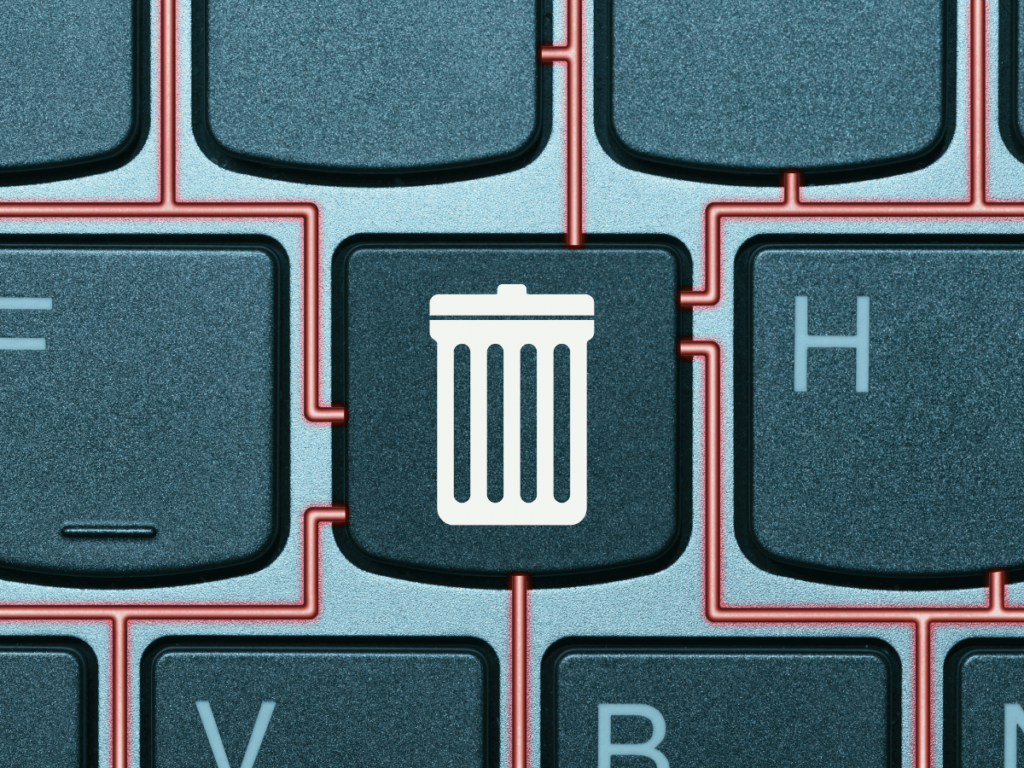
Data Cleaning 101, also known as data cleansing or data scrubbing, is the process of identifying and correcting or removing corrupt, inaccurate, incomplete, or irrelevant parts of data sets. It’s a crucial step in ensuring high-quality and trustworthy data, therefore facilitating reliable and informed decision-making.
Though it may seem mundane and tedious, data cleaning can influence the accuracy of the outcomes derived from data analysis. Dirty data can lead to misleading insights, erroneous conclusions, and faulty business decisions which can have significant business consequences.
The process is usually performed interactively, with the aid of various tools and technologies that suit the specific nature and scale of data at hand. These may range from automated scripts to more complex machine-learning algorithms. Data cleaning steps generally include removing duplicates, handling missing information, validating and correcting values, and resolving inconsistencies.
In some cases, data cleaning may also involve harmonizing and integrating different data sets. Even after initial cleaning, it’s important to constantly monitor and maintain the quality of the data, as new errors might creep in as data is updated or fresh data is integrated. Therefore, data cleaning is a continuous process and should be seen as an integral part of any data strategy.
Green Cleaning 101

Green Cleaning 101 refers to the concept and practice of using cleaning methods and products that are environmentally friendly. These products are produced with sustainable manufacturing practices and do not contain harsh or harmful chemicals, making them safe for the environment, humans, as well as pets.
Green cleaning is not confined to merely using nature-based products. It also involves implementing responsible practices like recycling, minimizing waste, conserving water, and reducing energy consumption. Many people are moving towards green cleaning solutions to reduce their carbon footprint and create healthier living spaces.
The switch to green cleaning products doesn’t mean they are less potent or effective. On the contrary, most green cleaning products, made from naturally occurring resources, have been found to be equally if not more effective in removing dirt, grime, and bacteria. They can be used for various cleaning purposes, from general household cleaning to commercial and industrial cleaning.
The escalating popularity and understanding of green cleaning have led to an increase in eco-friendly products and technologies in the cleaning industry, making green cleaning more accessible and affordable. By choosing green cleaning, you can help protect the planet, improve indoor air quality, and reduce potential risks associated with conventional chemical-based cleaning products. Green cleaning truly signifies a step towards a sustainable and healthier future.
Carb Cleaning 101
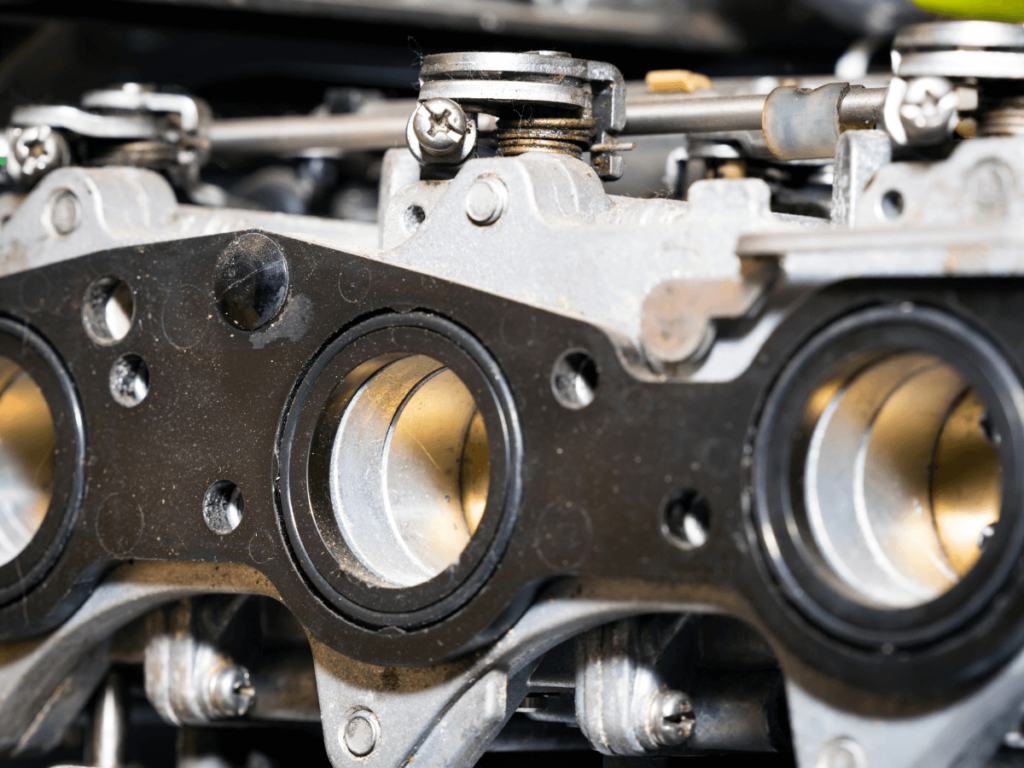
Carburetor cleaning, or “carb cleaning” as it’s commonly referred to, is an essential maintenance process that plays a crucial role in the performance and longevity of your engine. A carburetor is a device that blends air and fuel for an internal combustion engine.
It is thus prone to the buildup of a sticky substance, known as ‘gum’ or varnish, formed due to the evaporation of untreated gas. If left unchecked, this substance can clog the carburetor, impeding the smooth operation of the engine. The process of carb cleaning, therefore, involves dissolving and removing these deposits, allowing your engine to breathe and function properly.
Carb cleaning 101 is typically kicked off by removing the carburetor from the engine and disassembling it. Its parts are then soaked in a carburetor cleaning solution, scrubbed, and rinsed. Any stubborn deposits can be cleaned with compressed air.
In extreme cases, it may require ultrasonic cleaning. Following the cleaning, it is paramount to reassemble the carburetor correctly, as an incorrect assembly can lead to engine damage. If you’re unacquainted with the nitty-gritty of engine mechanics or uncomfortable handling delicate engine parts, it is highly recommended to rely on a professional mechanic for carb cleaning.
Regular carb cleaning boosts engine performance, reduces fuel consumption, and extends engine life.
Fish Cleaning 101

Fish cleaning, otherwise known as fish processing, is an essential skill in the world of angling, whether you’re a seasoned fisherman or an eager novice. It’s a fundamental step to transforming your fresh catch into a mouth-watering meal, bridging the journey from water to plate.
Fish cleaning 101 begins the moment your fish is secured, as it’s advisable to clean your fish as soon as possible to maintain its freshest taste. The process begins by laying your fish on a flat surface and using a specialized knife, you cut from the vent up towards the head. This opens up the abdomen where you can then easily remove all the internal organs.
The next step is to scrape the scales from the skin, from the tail up to the head. Properly scaling is crucial as it improves the texture and taste of the cooked fish. The head and tail can then be removed if desired or left on depending on your recipe. The final steps are washing the fish thoroughly with cool, clean water and patting it dry.
Fish cleaning may initially sound difficult and intimidating, but it quickly becomes second nature with practice. By understanding and mastering cleaning techniques, you can ensure that your fish is always at its freshest and most flavorful for your culinary creations.
Cleaning Business 101
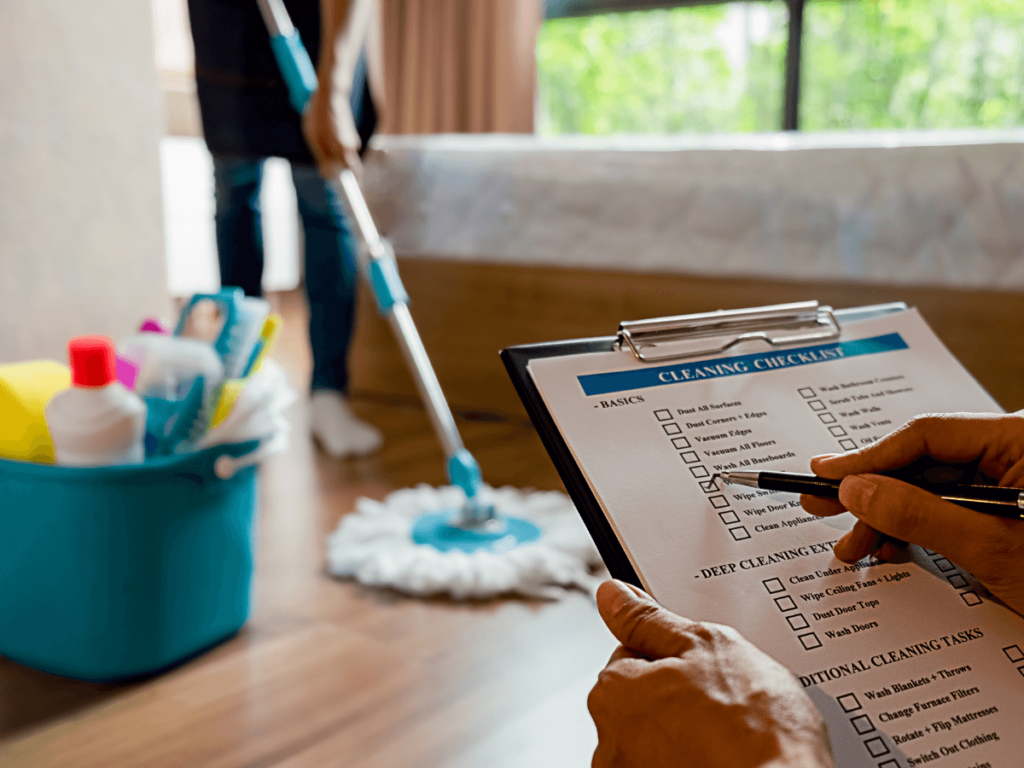
Starting a cleaning business can be a profitable endeavor with low startup costs and a robust demand, especially in urban areas. It offers flexibility across various sectors, including residential, commercial, or specialized cleaning services like carpet, window, or industrial cleaning.
Just like any other business, a cleaning business requires careful planning. The first step involves conducting in-depth market research to understand your potential clientele’s needs and preferences, existing competition, and the latest cleaning methods and technologies.
Following this, creating a comprehensive business plan is crucial, detailing your service offerings, business structure, marketing and sales strategy, and financial projections. Securing necessary licenses and insurance can ensure legal compliance and protection against liability.
Investing in quality cleaning supplies, equipment, and potential labor is important for quality service provision. Effective marketing and branding, aided by a professional business name, logo, and website, can help convey your reputation and attract customers.
Your level of customer service can majorly impact the success of your business – thoroughness, punctuality, politeness, and effective communication are all part of it. Also, providing ongoing training to your cleaning staff and keeping up with industry trends can enhance your service quality, leading to customer satisfaction and repeat business.
Thus, while the cleaning business may sound simple, it requires dedicated effort and strategizing for success.
FAQs
Q: What does “deep clean” mean in the context of a cleaning routine?
A: Deep cleaning can be explained as a thorough and detailed cleaning process. It involves reaching hard-to-reach areas and doing tasks that are not in the regular cleaning routine. Deep cleaning ensures superior cleanliness and helps to get rid of the dirt, germs, and mildew that remain unnoticed during regular maintenance.
Q: What cleaning solution can be made with household items like baking soda and dish soap?
A: An easy and effective DIY cleaner can be made using baking soda and dish soap. Simply, mix together half a cup of baking soda and a few drops of dish soap. It will form a paste that can be used as a powerful stain remover, effective on countertops, cutting boards, and other surfaces.
Q: What items I should include in my cleaning checklist for cleaning every single room of my house?
A: A comprehensive cleaning checklist should include dusting every room with a duster or microfiber cloth, vacuuming carpets and rugs, disinfecting frequently touched surfaces like doorknobs, sanitizing the kitchen and bathroom, cleaning the windows, and emptying the garbage disposal. Don’t forget the dishwasher and washing machine! And remember, every time you clean, freshen the rooms with a freshener for a nice scent too.
Q: Why should I use a microfiber cloth for cleaning surfaces?
A: Microfiber cloths are beneficial for cleaning because they can attract and hold dirt and grime, unlike other types of cloth. Microfiber cleaning is a good way to clean glass and stainless steel surfaces without leaving streaks or lint.
Q: How frequently should I vacuum my whole house?
A: The frequency of vacuuming entirely depends on the household’s level of activity. However, to maintain a clean and healthy environment, it’s best to vacuum at least once a week. If you have pets or children, you might need to vacuum more frequently to deal with extra dirt and hair.
Q: What are some tips for keeping my sponge sanitized?
A: To keep your sponge sanitized, rinse it thoroughly under hot water after each use. Additionally, once a week, soak it in a mixture of water and bleach or put a wet sponge in the microwave for about a minute to kill the germs.
Q: What’s the best approach towards bathroom cleaning?
A: Bathroom cleaning should be a part of your regular cleaning routine. For a systematic cleaning, start from the top to the bottom. Clean the mirror, sink, and countertops first. Followed by the tub, toilet exterior, the base, and the inner walls using a toilet brush. Don’t forget the floor. Make use of a mildew remover in case of any visible mold and mildew.
Q: How can I keep my cutting board clean and germ-free?
A: It’s best to clean your cutting board after every use. Use hot, soapy water to clean it, then sanitize it with bleach or vinegar. To prevent grooves where bacteria can grow, it is recommended to replace worn-out cutting boards. Also, maintaining separate boards for fresh produce and meat is a good practice.
Q: What’s the best method to clean my carpets?
A: Carpet cleaning mainly involves vacuuming, stain removal, and deep cleaning. Vacuum regularly to remove dust and loose soil. Use a stain remover for spot cleaning. For thorough cleaning, steam cleaning is an effective method that you can do yourself or hire a professional cleaning service for the same.
Q: How can I maintain a fresh-smelling garbage disposal?
A: Deodorizing your garbage disposal is simple. After each use, rinse with cold water and a little dish soap. You can also throw in a few slices of lemon or orange as a natural freshener. Once a week clean the blades by filling the drain with two cups of ice and one cup of rock salt, then run the disposal until the ice is gone.
Final Words
Cleaning 101 encompasses various types, each requiring a unique set of skills and techniques. Dry Cleaning, one of the methods, is designed for delicate garments that are not suitable for the traditional washing machine. Carpet Cleaning refers to removing dirt and allergens from carpets through different methods such as steam cleaning or dry cleaning.
Window Cleaning, as the name implies, is the process of washing windows, which requires specific tools for effective results. House Cleaning involves general cleaning tasks in a home such as dusting, vacuuming, and mopping. Car Cleaning includes both car body cleaning and car interior vacuuming and sanitation.
Similarly, Pool Cleaning includes processes such as maintaining water quality and removing debris. Bathroom Cleaning focuses on areas infested with germs and bacteria, utilizing sanitation techniques. Data Cleaning, different from other types listed, relates to correcting or removing incorrect, corrupted, or inaccurately recorded data in a database.
Carb Cleaning involves removing accumulated deposits in the carburetor of a vehicle. Green Cleaning involves the use of eco-friendly products and practices. Fish Cleaning is the process of removing the innards from the catch to make it ready for cooking or storage.
Lastly, the Cleaning Business refers to providing these cleaning services commercially for a certain fee. These 12 categories signify the broad spectrum of ‘Cleaning 101’.

